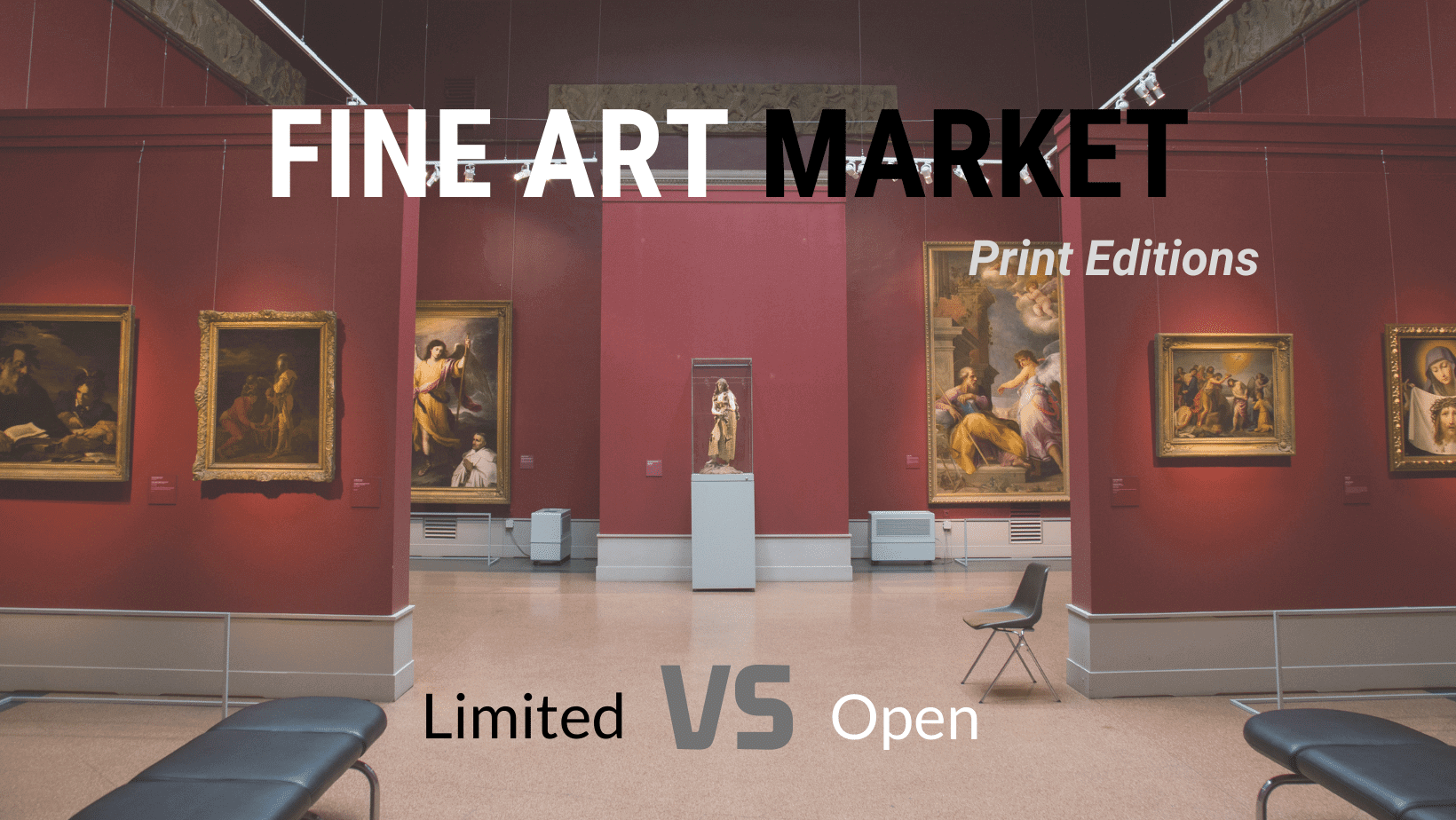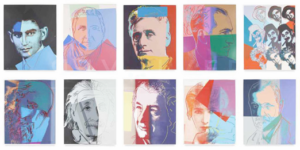Fine art prints are a wonderful way for artists to expand what they offer, and they allow art lovers to purchase far more work than if they only bought originals. And with the improvement in materials and the wider availability of archival quality inks and papers, prints have never been better. Especially for photographers, prints are a way for a single work of art to be enjoyed by far more people — and all for a better price point. If you sell 100 prints at $100 per piece, you can make $10,000 off of a single edition. Meanwhile, every customer is getting a beautiful work of art at a tremendous value. And yet, many people are not sure how to begin buying them. I know when I first started buying art, they seemed strange, with a lot of terminologies I did not understand. AP? GP? 6/50? Limited edition? Once I learned what all this meant, I was able to start buying much more work — and it turned out to not be nearly as complicated as I thought at first. So let me try to explore everything you need to know about prints to begin making or buying them. Fine Art Print Basics | The best place to being is by defining some of the basics namely; Reproduction, Print, Edition, Giclée Print, Serigraph, Lithograph, Artist Proof, and Gallery Proof. | Reproduction is any copy of a work. A poster of a Van Gogh painting is a reproduction, as is a $300 print of a black-and-white photograph.
|
Print is a high-quality reproduction of a work of art, though some art is only available as a print (like Andy Warhol’s silkscreen work shown below, Ten Portraits of Jews in the Twentieth Century).
The artist will often work with a master printer to hone the colours to make everything absolutely perfect. |
Edition is a set of prints that were made from the same careful process of colour honing and material selection. There are two kinds, limited and open, which we will cover in the section below.
|
Giclée Print is somewhat disputed term, which refers to high-quality prints that are made with inkjet printers spraying archival quality pigment on archival paper. That means, if handled correctly, these prints will maintain their stunning look for hundreds of years. But buyer beware, the term giclée is not a standardised term.

Self-printing at home with EPSON SC-807 by BRYCE Watanasoponwong |
Serigraph is a printing process that scans in the image and produces a silkscreen for every colour visible in the work. If oil paint is used, each layer can take days to complete. And some works contain hundreds of colours. Despite this sometimes arduous process, serigraphs are favoured because they produce a high-quality image.
|
Lithograph is a four pigment process applied using a metal plate for each colour. While lithographs can be rapidly created, they are typically lower quality than other methods.
|
Artist Proof is a copy that the artist makes for their own personal use, using the same process as their limited edition. Artist proofs are labelled AP.
|
Gallery Proof, like an artist proof, these are copies made out of the same process as a limited edition, but they are sent to galleries. These are sometimes referred to as hors d’commerce — meaning “out of trade” in French. That’s why gallery proofs will sometimes be labelled HC but are also commonly labelled GP.
|
Limited and Open EditionsWhether an edition is limited or open is the major difference in a print’s value in the marketplace, even if the image quality and size is comparable. But both play an important role in the fine art print market. The main differences in limited edition vs. open edition photo prints come down to how many will be made: | | Limited Edition: | These have a specified number of prints, say 100, that will be in the run. They are printed off of the same proof, either in a single run or over time. The artist will then number each (1/100, 2/100, and so on) and sometimes sign them. Almost all limited edition prints will also come with some documentation proving provenance.
Limited editions can offer different sizes, and some prints in the edition might be made at different times, but the copies will always stay within the promised limit. These are great for artists and collectors because they’re able to command a better price.
Fine art photographers in particular benefit from limited-edition photo prints. To this day, photography has had a harder time breaking through on the high price points of oil painting and similar mediums, especially at auction. With limited editions, however, photographers can realise the full value of their work.
| | Open Edition: | These are prints made from the same process, but they are continually printed as needed. So while you might purchase a print when there are only 10 in existence, one day there might be a million more in that same edition. That makes it hard for an open edition to maintain value.
Open editions can be a great way to introduce people to an artist, and they are usually significantly less expensive even when they are the same level of quality as a limited edition. So, if you are not worried about reselling or having your work appreciate in value, open editions can be great bargains for the art lover on a budget. |
How to Determine the Value of a PrintNow that you know the basics. It’s time to put everything together. In general, collectors will judge a print’s value based on: | | Size: | Larger sizes typically are worth more than smaller ones. | | Quality: | The higher the quality of materials and reproduction, the more valuable a print. | | Limited Edition: | A limited-edition print is highly sought after. Collectors will look at the size of the edition and what other pieces in the edition have sold (or resold) for. | | Artist and Gallery Proofs: | These are typically worth more than prints in the limited edition, as there are few artist and gallery proofs. | | Artist Name: | As with all art, if there is a strong market for a particular artist, their prints will be more valuable. |
| | With these qualities in mind, collectors can see if a print is worth the asking price. Many prints fall in a range starting at around $80 and going up to as much as $500 per piece. |
|













